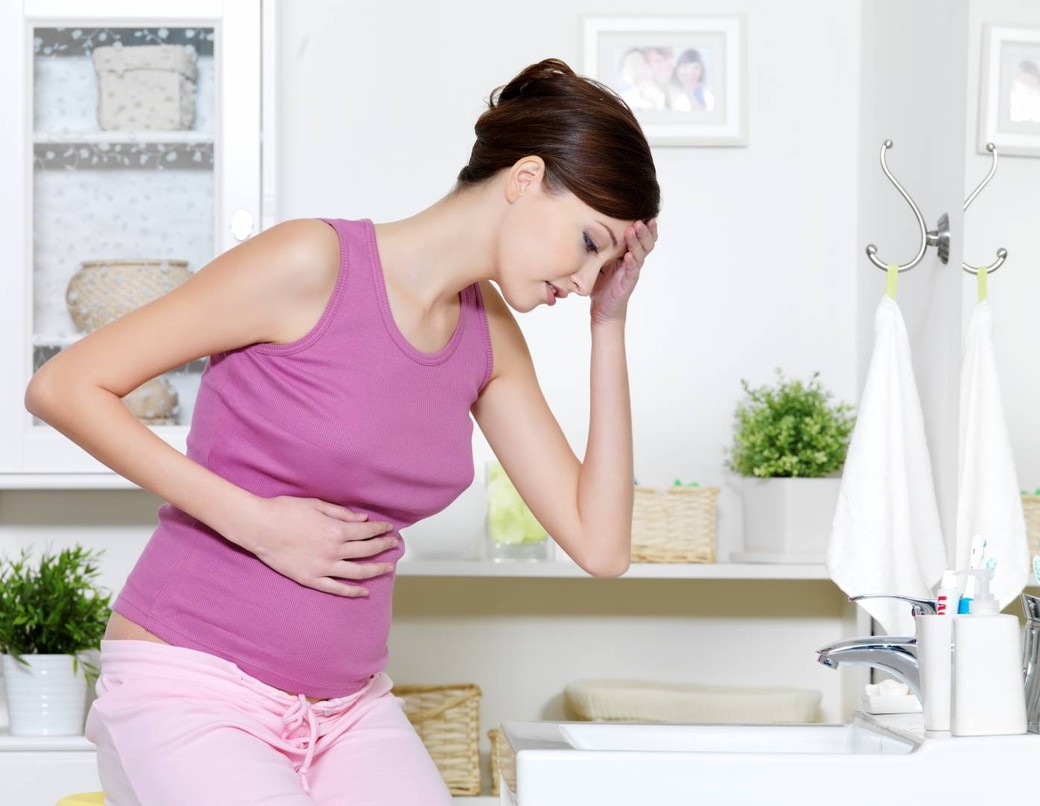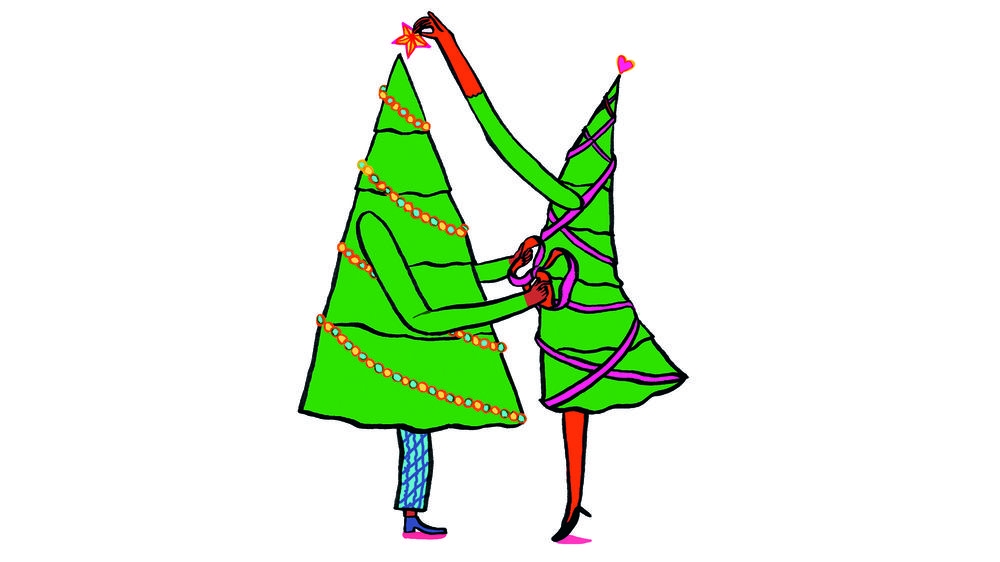
Why is My Stomach so Bloated and Painful?
Bridgette, 35, is an architect, single mum and had a busy an active professional and personal life.
Some two years ago she had caught MONO and had to receive a large dose of antibiotics, which had thankfully put her symptoms into remission. Two months later she noticed some unusual digestive  symptoms. She experienced abdominal pain and cramping, which was relieved by going to the bathroom. Her tummy was often bloated and swollen. Her bowel habits changed and would alternate between diarrhoea and constipation (several days without having a bowel motion), occasionally had an urgent need to go to the bathroom, and she sometimes had a feeling that she could not fully empty her bowels after going to the bathroom.
symptoms. She experienced abdominal pain and cramping, which was relieved by going to the bathroom. Her tummy was often bloated and swollen. Her bowel habits changed and would alternate between diarrhoea and constipation (several days without having a bowel motion), occasionally had an urgent need to go to the bathroom, and she sometimes had a feeling that she could not fully empty her bowels after going to the bathroom.
Being health conscious she quickly decided to visit her family physician who quickly diagnosed her with irritable bowel syndrome (IBS).
The normal standard of care for IBS are four types of medication, which are only aimed at controlling symptoms, including:
- An antispasmodic (which helps reduce abdominal pain and cramping)
- A laxative (to help relieve constipation)
- An antimotility medicine (to can help relieve diarrhoea)
- A low-dose antidepressant (to help reduce stomach pain and cramping)
Like most people, Bridgette was extremely wary of taking any medication due to the potential side effects and not really addressing the underlying cause, which was the approach she was looking for.
Not happy, Bridgette asked to be sent to a Gastroenterologist, a doctor who specialises in digestive issues. Her doctor agreed and arranged an appointment for a week later.
At the appointment, the consultant went over her symptoms and agreed with her doctor’s diagnosis of IBS. He also listened to her concerns about taking medication and her need to find a more natural solution to which he said he was more inclined to with patients under his care.
He suggested Bridgette follow a low Fodmap diet.
FodMap (Fermentable Oligo-Di-Monosaccharides and Polyols) are carbohydrates that are found in certain foods. A low Fodmap diet has been shown to significantly reduce symptoms in 75 per cent of people with IBS (1).
FODMAPs in the diet are:
- Fructose (fruits, honey, high fructose corn syrup (HFCS), etc.)
- Lactose (dairy)
- Fructans (wheat, garlic, onion, inulin etc.)
- Galactans (legumes such as beans, lentils, soybeans, etc.)
- Polyols (sweeteners containing isomalt, mannitol, sorbitol, xylitol, stone fruits such as avocado, apricots, cherries, nectarines, peaches, plums, etc.)
Bridgette began the low Fodmap diet the next day, and within 2-3 days felt an 80 per cent improvement in her symptoms.
Following a low Fodmap diet will help relieve many of the symptoms of IBS, but like the medication, it does not address the cause.
So why do people become intolerant to Fodmaps?
Recent scientific research has identified a link between IBS and Small Intestinal Bacterial Overgrowth (SIBO) (2). Your friendly bacteria should predominantly be living in your large intestines, with SIBO; these bacteria migrate up into the small intestines. These bacteria feed on Fodmaps and when they do they produce different gases causing the bloating, constipation, diarrhoea, gas and abdominal pain. You can test for SIBO using a simple breath test and then treatment can be a combination of anti-microbial and diet.
Emotional factors have also been shown to contribute to the development of IBS and could induce a Fodmap intolerance for reasons not yet understood.
When dealing with any condition, including IBS, it is always important to look at diet and also lifestyle factors including stress management, exercise, and sleep. Correcting one without addresses the others often results in a poor outcome.
Finally
I hope you found these ideas useful. More importantly, I hope you do something with them.
Disclaimer: This article is not intended to provide medical advice, diagnosis or treatment.













